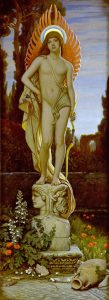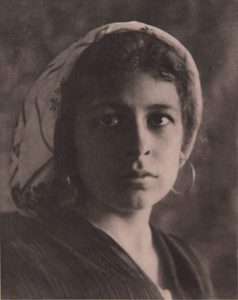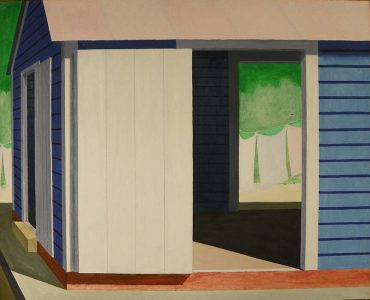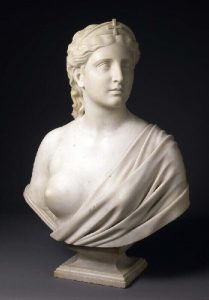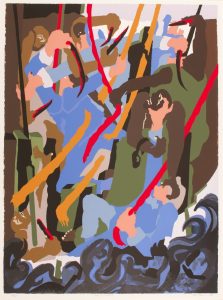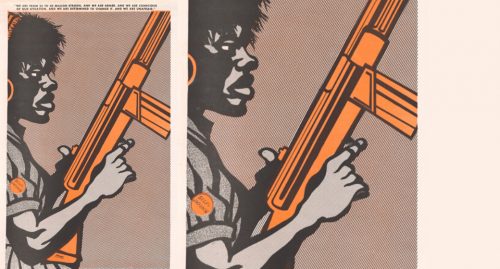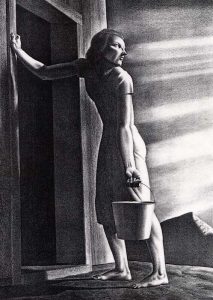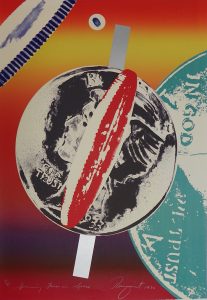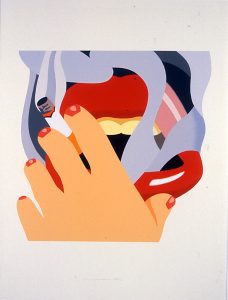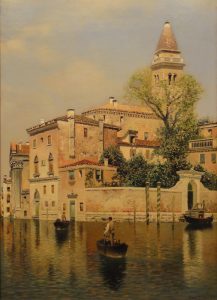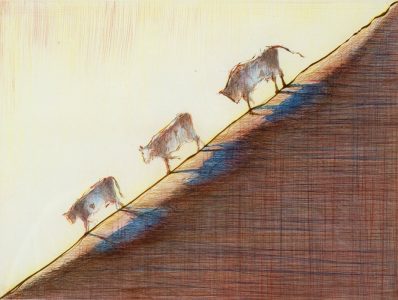F. Holland Day, the creator of this work, would be considered something of an eccentric today. In fact, he was considered something of an eccentric in his own day, as well. Day was the son of a successful businessman in Norwood, Massachusetts, and early on showed an interest—nurtured by his parents—in art and literature. Though he did not attend college, Day quickly fell in with a crowd of bohemians in Cambridge and Boston, with whom he carried out wide-ranging discussions on art, beauty, and life, often over beers in one of a number of out-of-the-way taverns on either side of the Charles River (which divides the cities of Cambridge and Boston). During this period Day became fascinated by the work of British artist and social reformer William Morris, whose Kelmscott Press produced lavish editions of works by Romantic poets and copies of illuminated Medieval manuscripts, among other delights. Determined to follow in Morris’s footsteps, Day established the firm of Copeland and Day with a friend. They quickly made an impact on the American art book market, producing the first American editions of such important works as Oscar Wilde’s Salomé and the periodical The Yellow Book, both illustrated by Aubrey Beardsley.
